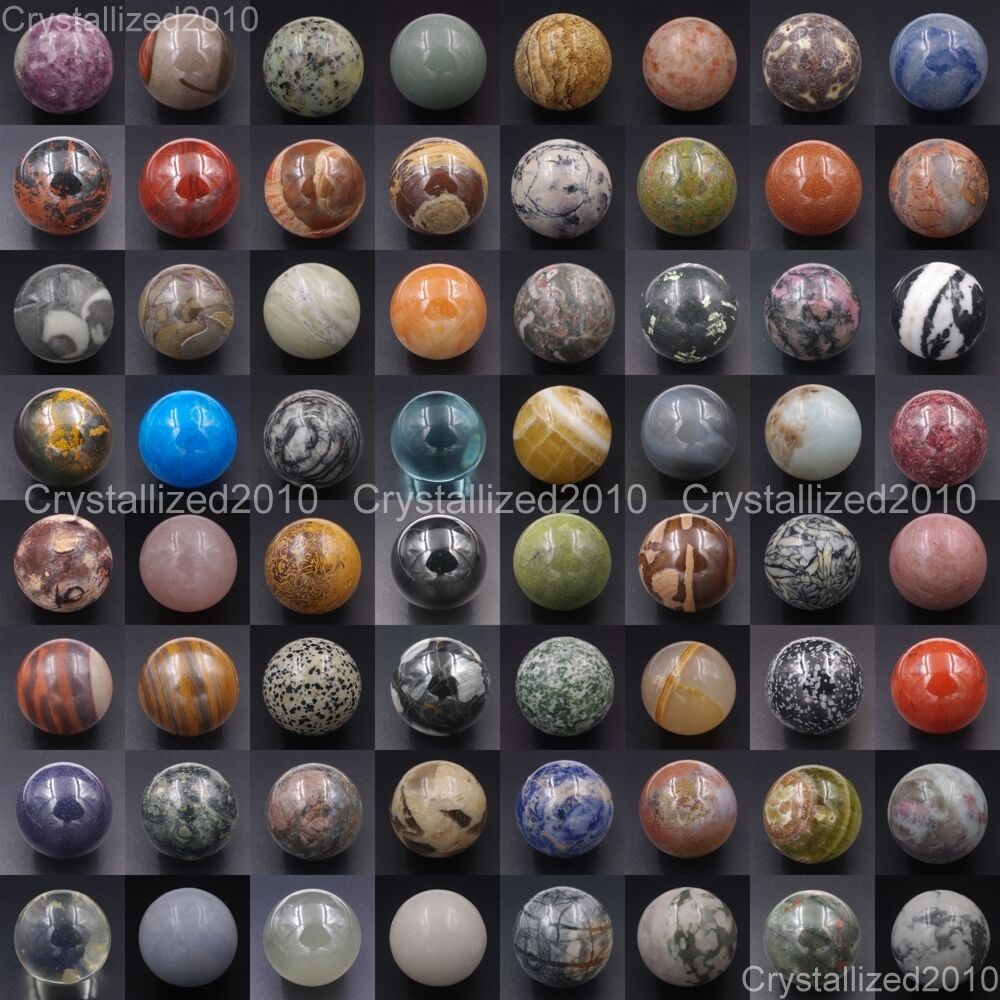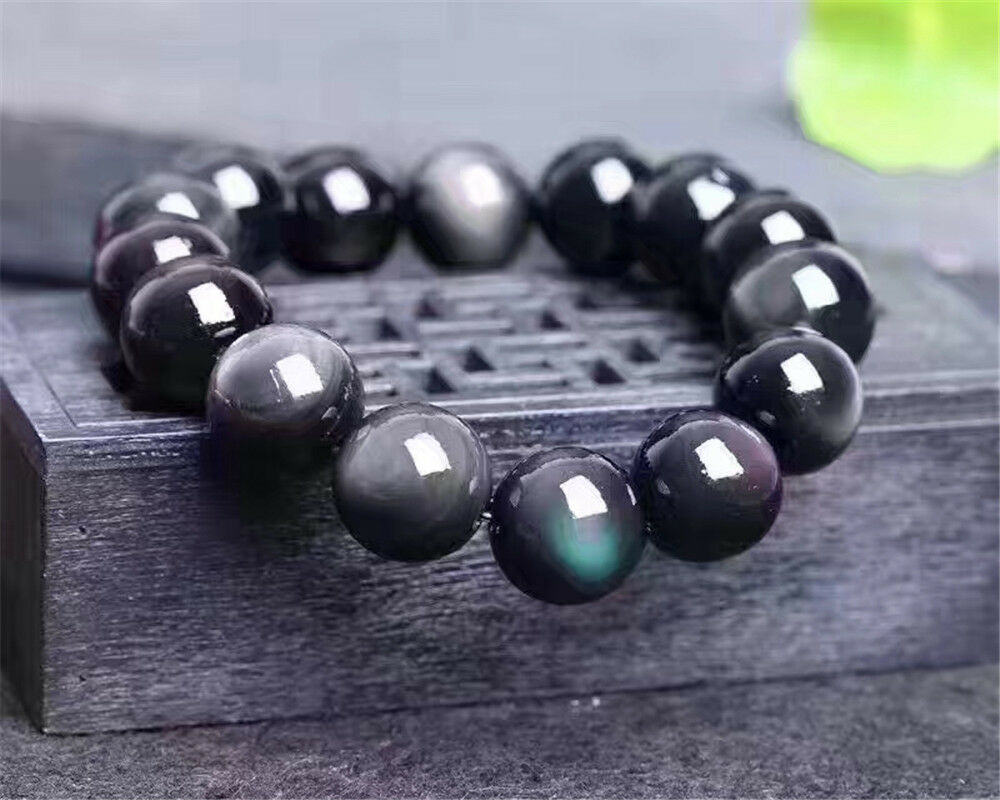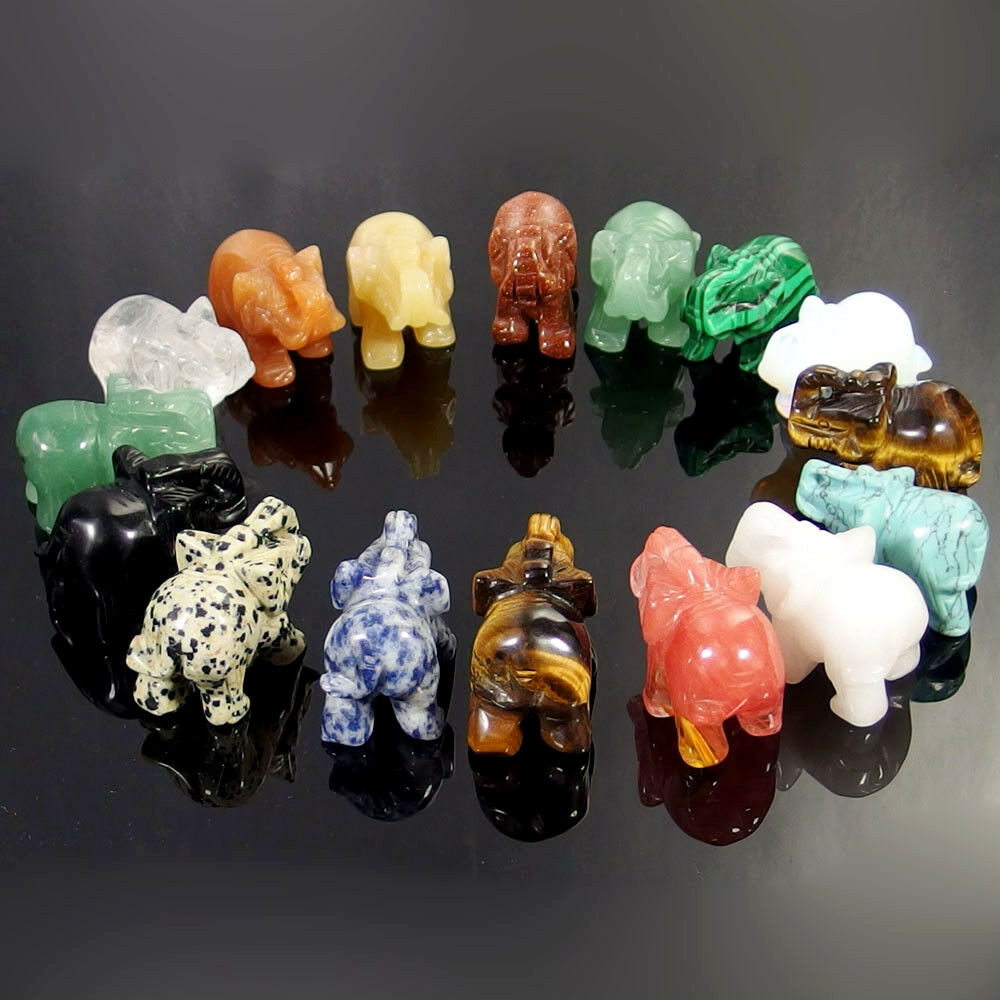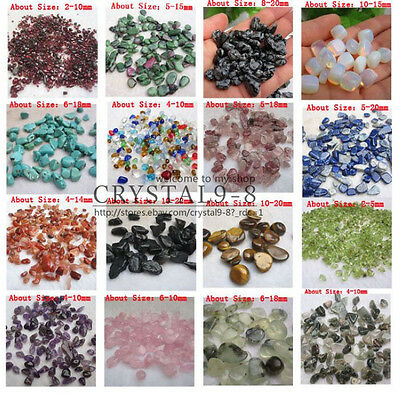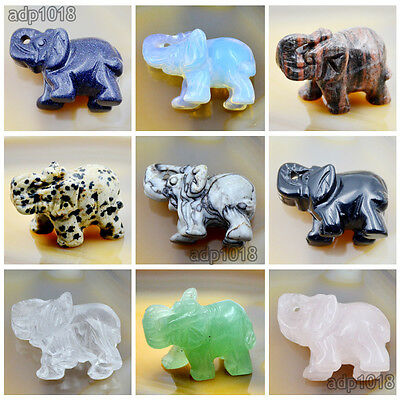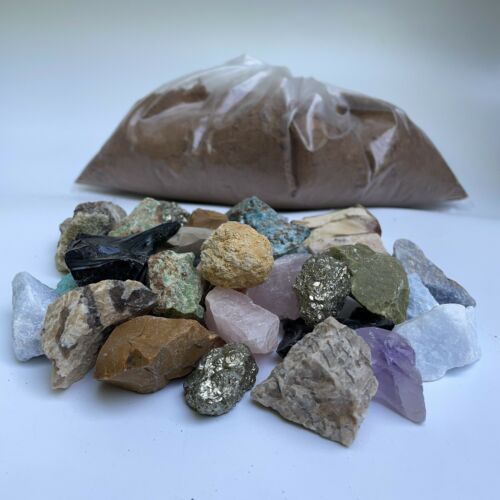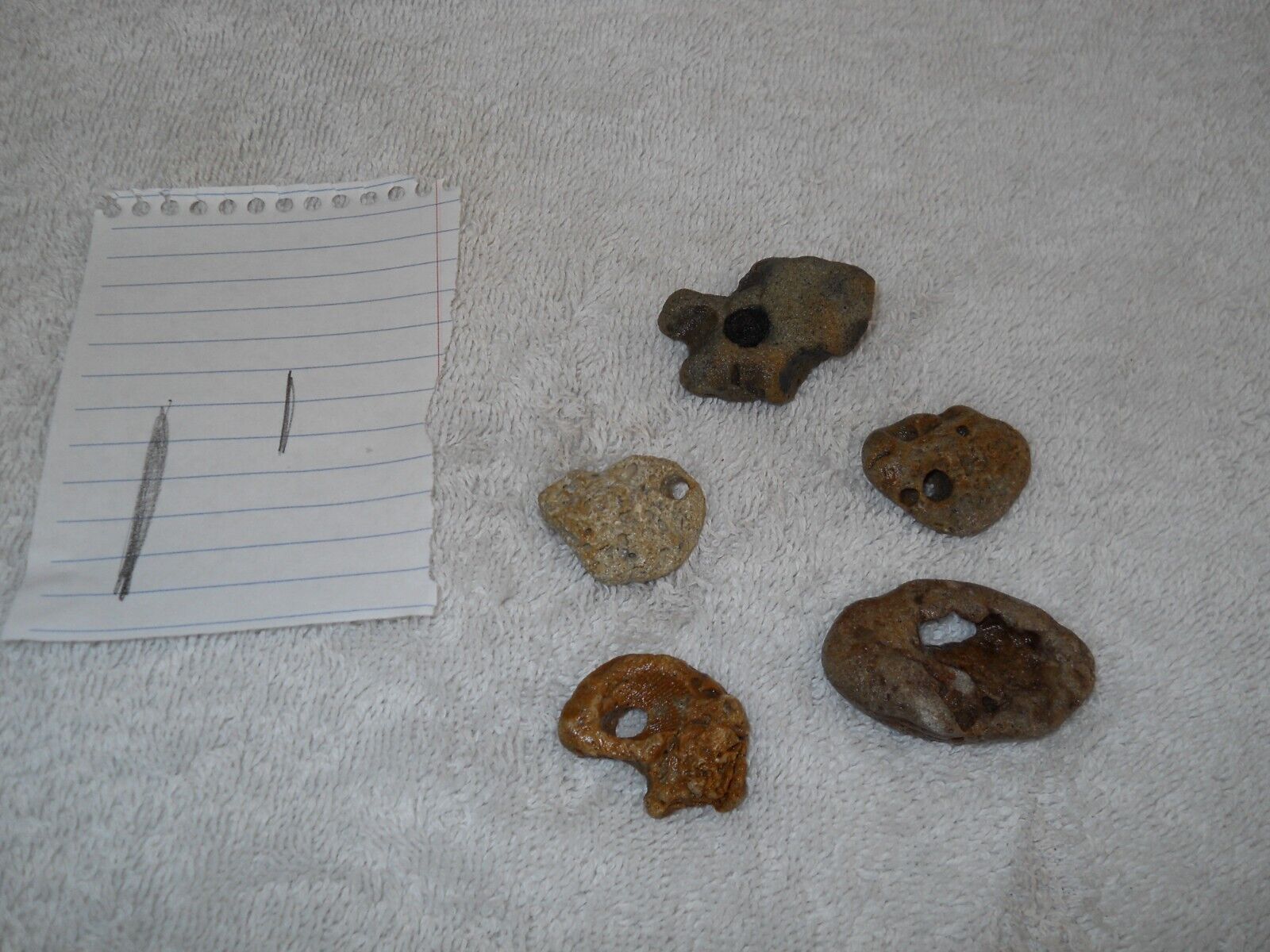-40%
tuff - pumice dominated tuff, a classic ignimbrite - teaching hand specimen
$ 4.32
- Description
- Size Guide
Description
If you are making more than one purchase, please read the note following thered text
below!
Teaching hand specimen of pale grayish-purple tuff with numerous pumice clasts, a classic ignimbrite or welded volcanic ash.
This particular volcanic igneous rock, the Bishop tuff, is composed of volcanic ash and fragments of pumice that were violently ejected at hurricane speed as a pyroclastic flow from vents near Mammoth, California 700,000 years ago. It is a classic ignimbrite. Because the ash was ~ 600˚ C, the ash and pumice fragments were welded together. The Bishop tuff is variable. These specimens were collected in one area where it contains darker pumice clasts (
clast
from
klastos
, Greek for "
broken in pieces"
).
The term “ignimbrite” was coined by the New Zealand geologist Peter Marshall in 1935. This term was originally used only to refer to welded tuffs. These are pyroclastic rocks that were so hot right after the deposition from the pyroclastic cloud that individual clasts adhered to each other. However, this restriction no longer applies.
This is a self-teaching tuff. It looks ashy and is gritty to the touch. Students will get the picture. The pumice fragments are a light purple and the ashy matrix has a slight purplish cast. Tuff and rhyolite often look similar, since they have a similar silica rich composition and are both generally light in color. The angular clasts in a tuff separate it from a rhyolite.
Tuffs are light colored, usually shades of buff or gray, and since they are silica rich, they are not dense. These specimens are fairly light weight for their size, reinforcing the volcanic ash origin. There are enough large purplish pumice clasts in the tuff to get the idea across that it is a pumice dominated ignimbrite.
If you are a science or earth science teacher purchasing this as a teaching specimen for your class, this should be compared with other silica rich volcanic igneous rocks, tuff breccia, pumice (which is so full of entrapped gases that it floats in water) and rhyolite (extruded as lava) and with silica rich plutonic igneous granitic rocks. A tuff breccia will have larger fragments (clasts) of various igneous rocks than does this tuff.
These hand specimens fit in a 3 3/4” x 5” specimen tray. We have a number of thicker or larger examples as hand/display specimens, same price, but more expensive to ship. These exhibit more of the pumice clasts and would be economical if purchased with other specimens, as they could ride in the same box with no additional shipping charge.
Select a specimen:
When more than one specimen is shown, you can select a particular specimen by telling us what is in front of it - a black mechanical pencil, a silver and black pen, a silver and blue pen, or one of those plus some number of coins, or you can let us make the selection.
Making multiple purchases?
Just add items to your cart. When finished shopping, click on
“request total”
at upper right in the Shopping Cart window.
Do not proceed to checkout.
We will send an eBay invoice with the correct combined shipping.
The combined shipping will often be less than eBay shows. Please wait for that invoice before paying.
There is no obligation to purchase. You can decide after seeing what shipping will cost.
Shipping:
By first class mail unless combined with other purchases.
International customers:
We sell and ship internationally. If eBay’s page does not let you enter your country name to determine the shipping cost for something you are interested in, please contact us. We can tell you what the shipping would cost and how to make the purchase. You can then decide if you wish to complete the transaction. Use the
Contact Seller
link in the Seller Information box on the right side of this page.
Pay securely with your debit or credit card through PayPal! You do not need a Pay Pal account to do this. Yes, we do combine shipping!

